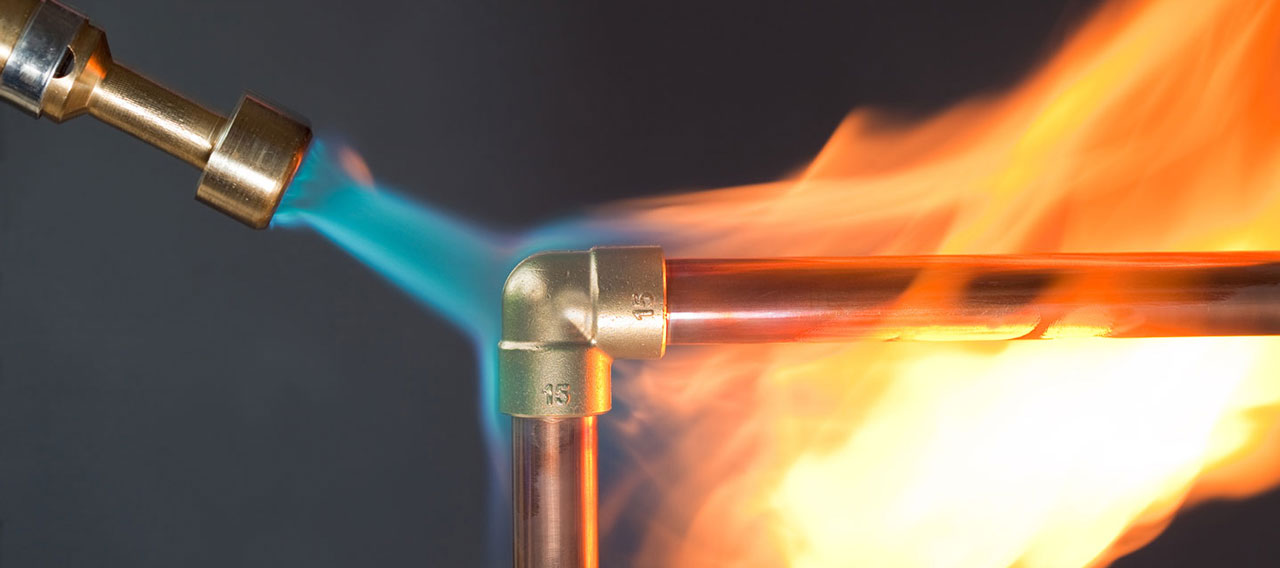- Individuals & Families
- Businesses
- Agents & Brokers
- Embedded Insurance

Chubb ranked #1 for Customer Satisfaction with the Home Insurance Claims Experience

Chubb ranked #1 for Customer Satisfaction with the Home Insurance Claims Experience

Chubb ranked #1 for Customer Satisfaction with the Home Insurance Claims Experience

Chubb ranked #1 for Customer Satisfaction with the Home Insurance Claims Experience

Because pets are family, Chubb now offers pet insurance with top-rated coverage from Healthy Paws.

Chubb offers the insurance protection you need for travel’s many “what ifs”.

Chubb protects small businesses at every stage – from newly formed start-ups to long-time anchors of the community.

Stay ahead of cyber threats with our free Cyber Claims Landscape Report.

Learn more about our dedicated learning paths, Online Learning Center, and more.

Many digital-savvy consumers look for it as a core or add-on option.

Many digital-savvy consumers look for it as a core or add-on option.

Many digital-savvy consumers look for it as a core or add-on option.

Chubb’s in-house technology makes it easy to integrate what we do into your customer experience.
-
About
-
Claims
-
Login & Pay Bill
For Agents & BrokersFor Travel Advisors
-
Back
Leaky roofs, old plumbing, or malfunctioning boilers — those are just some of the sources of interior water damage that can wreak havoc within a building or other business facilities. Like fire, water incidents can be expensive and cause major business disruption due to the need for repairs, and/or corrective measures—especially if response times are slow.
The Internet of Things (IoT) water leak detection technology can play an invaluable role for facility owners and managers developing a comprehensive water damage mitigation plan.
Today’s IoT devices incorporate sensors that can provide early alerts to help stem major water damage issues and pre-empt potential trouble. The capabilities of these products continuously improve and they’re becoming ever-more convenient to install and use.
Furthermore, given the potential costs of water damage to residential or commercial property, IoT water detection systems provide a good return on investment.

How water detection technology works to minimize damage
Water detection devices commonly perform tasks such as sounding an alarm or sending an alert when moisture is sensed in an area that should be dry, such as from a routine plumbing leak. Sensors may also trigger automatic shut offs of water control valves, to head off major, costly water damage disasters.
Systems vary in scope depending on particular plant or building needs. On the more sophisticated end, acoustical water flow devices take continuous sound measurements from water pipes and use machine learning to transform those signals into waterflow estimates and “signatures.” This information can allow for monitoring water usage in a way that can predict unwanted incidents.
Whatever the exact sensor types and system configurations, the most effective water leak detection set-ups incorporate the following critical elements:
- Battery powered sensors with an alarm signal, and a primary powered system with battery back-up (to ensure they work even in the event of a power outage).
- Contact and/or wicking sensors to help protect critical and susceptible areas.
- Sensor-activated shut-off valves to prevent or minimize damage from an emergency water incident.
- Capability to send an email alert or text message to key incident response personnel in the event of a leak or water flow abnormality.
- A third party to continuously monitor systems and react to alarms according to the incident response plan.
Develop a comprehensive water damage mitigation plan
Whether caused by corrosive pipe failures, aging heating systems, or sewer back-ups, water damage incidents are not always preventable.
That’s why — before you experience an incident — it’s critical to have a business preparedness and emergency response plan that includes water damage mitigation measures. The detailed written plan should include scheduled maintenance and inspections, any equipment or systems documentation, and have an incident point person / coordinator to manage the program.
Additional resources
- IoT Solutions to Prevent Losses to Your Home or Business
- Preventing Water Damage
- Chubb Risk Engineering Center
Chubb clients have direct access to loss prevention capabilities including sensors and other Internet of Things (IoT) devices that can help predict and prevent property damage, for more information on installation please contact our IoT management team at IoT@chubb.com.
Insights and expertise







This document is advisory in nature and is offered as a resource to be used together with your professional insurance advisors in maintaining a loss prevention program. It is an overview only, and is not intended as a substitute for consultation with your insurance broker, or for legal, engineering or other professional advice.
Chubb is the marketing name used to refer to subsidiaries of Chubb Limited providing insurance and related services. For a list of these subsidiaries, please visit our website at www.chubb.com. Insurance provided by ACE American Insurance Company and its U.S. based Chubb underwriting company affiliates. All products may not be available in all states. This communication contains product summaries only. Coverage is subject to the language of the policies as actually issued. Surplus lines insurance sold only through licensed surplus lines producers. Chubb, 202 Hall's Mill Road, Whitehouse Station, NJ 08889-1600.


